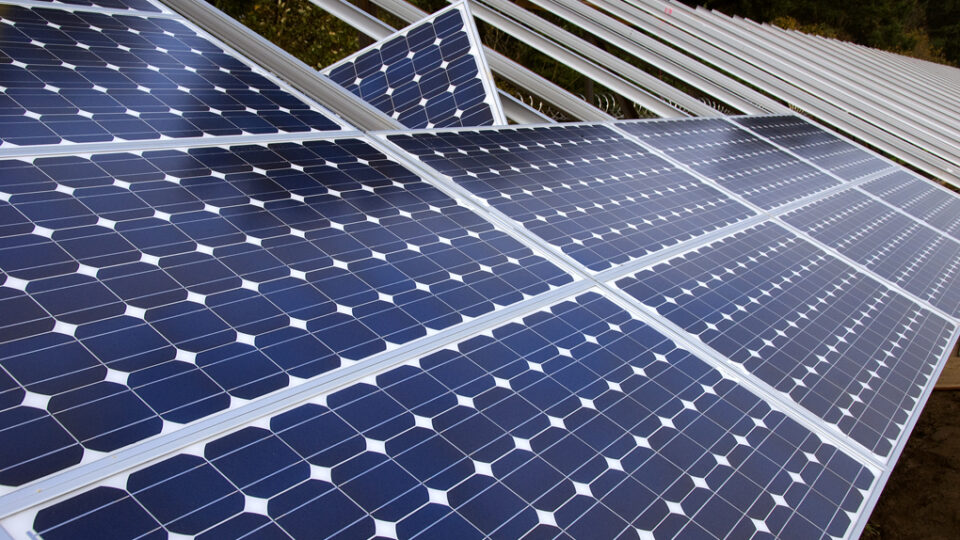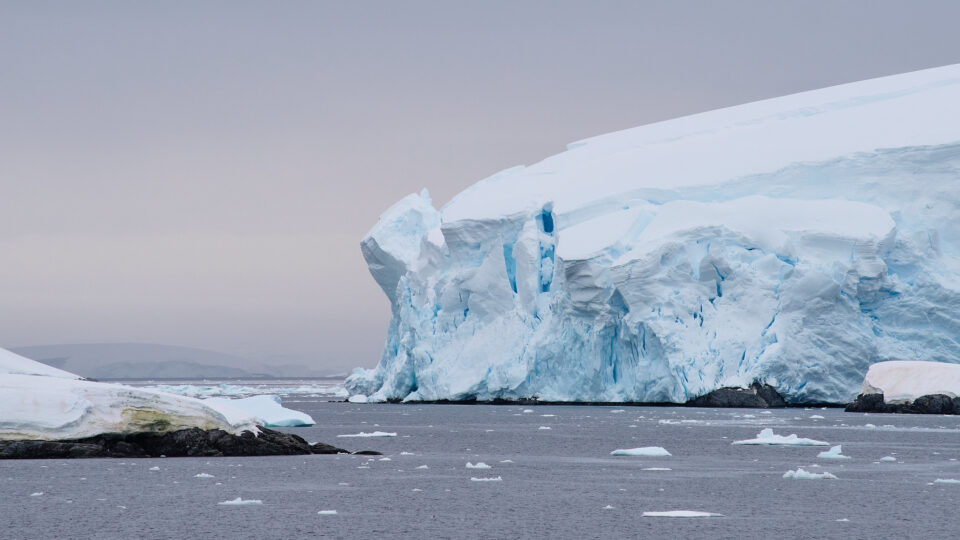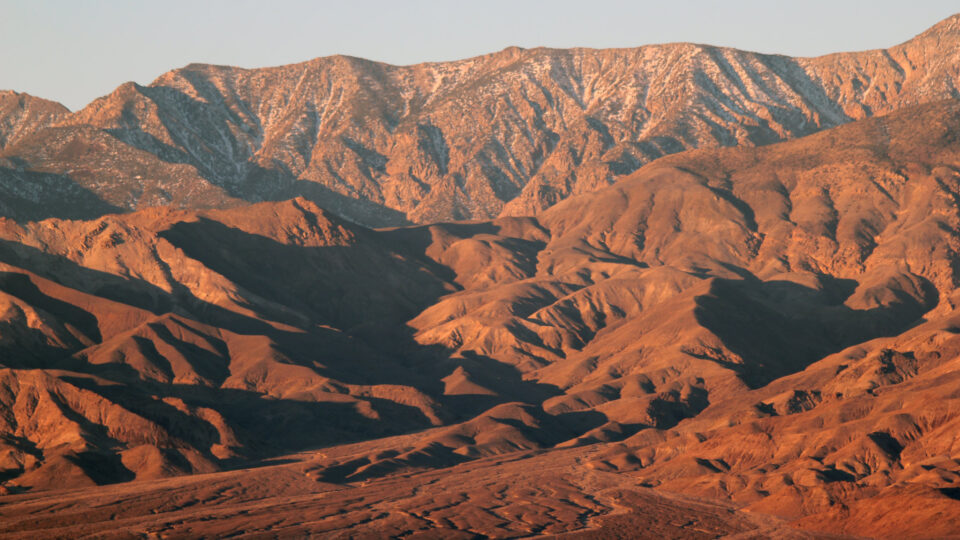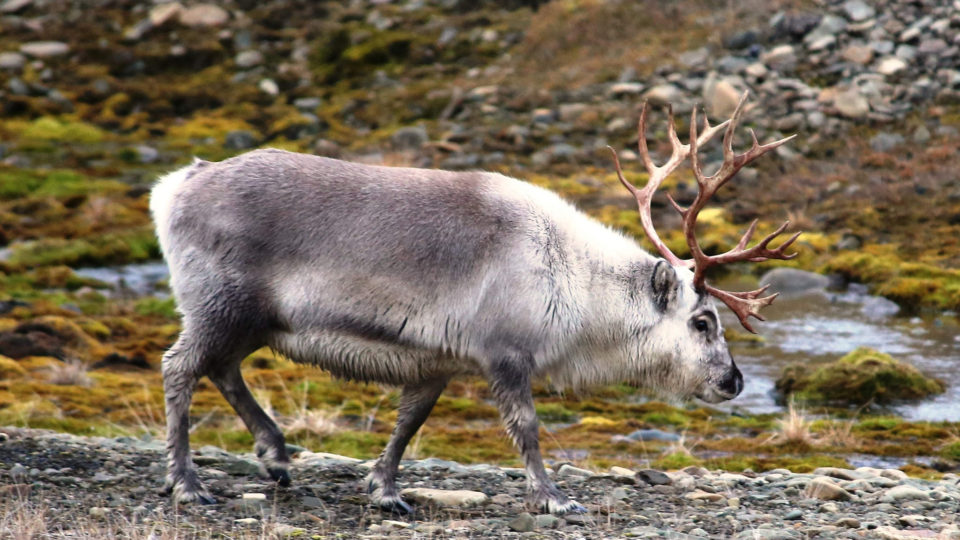A new study by the University of Exeter in the UK suggests that the world may have crossed a tipping point that will inevitably make solar power our main source of energy. This data-driven model of technology seems to fly in the face of the current situation in which wind power contributes considerably more generation than solar power – by a factor of 3 in the U.S. and nearly double worldwide.
Wind and solar power both have advantages and disadvantages. Solar power is quiet, requires little maintenance, and presents little danger to wildlife. It is also practical for individual homes. Residential wind power is not really a viable option for most people in most places. But on the other hand, wind energy can produce more power than solar, can work both day and night, and can be located offshore far away from people. On land, both wind and solar power take up lots of space and compete with other land use needs as well as countering people’s aesthetic preferences.
Both technologies continue to get cheaper over time, although solar has especially seen significant cost reductions. The cost of solar power, which is already the cheapest form of electricity production, is estimated to fall to as low as $20 per megawatt hour over time from the current level of $40 per megawatt hour.
Wind and solar energy are on track to account for more than a third of the world’s electricity by 2030, according to the Rocky Mountain Institute. Despite the predictions of various studies and the ambitions of specific technologies, it seems likely that wind and solar power will both play an expanding role in our energy systems for a long time to come.
**********
Web Links
World may have crossed solar power ‘tipping point’
Photo, posted November 22, 2008, courtesy of Oregon Department of Transportation via Flickr.
Earth Wise is a production of WAMC Northeast Public Radio










